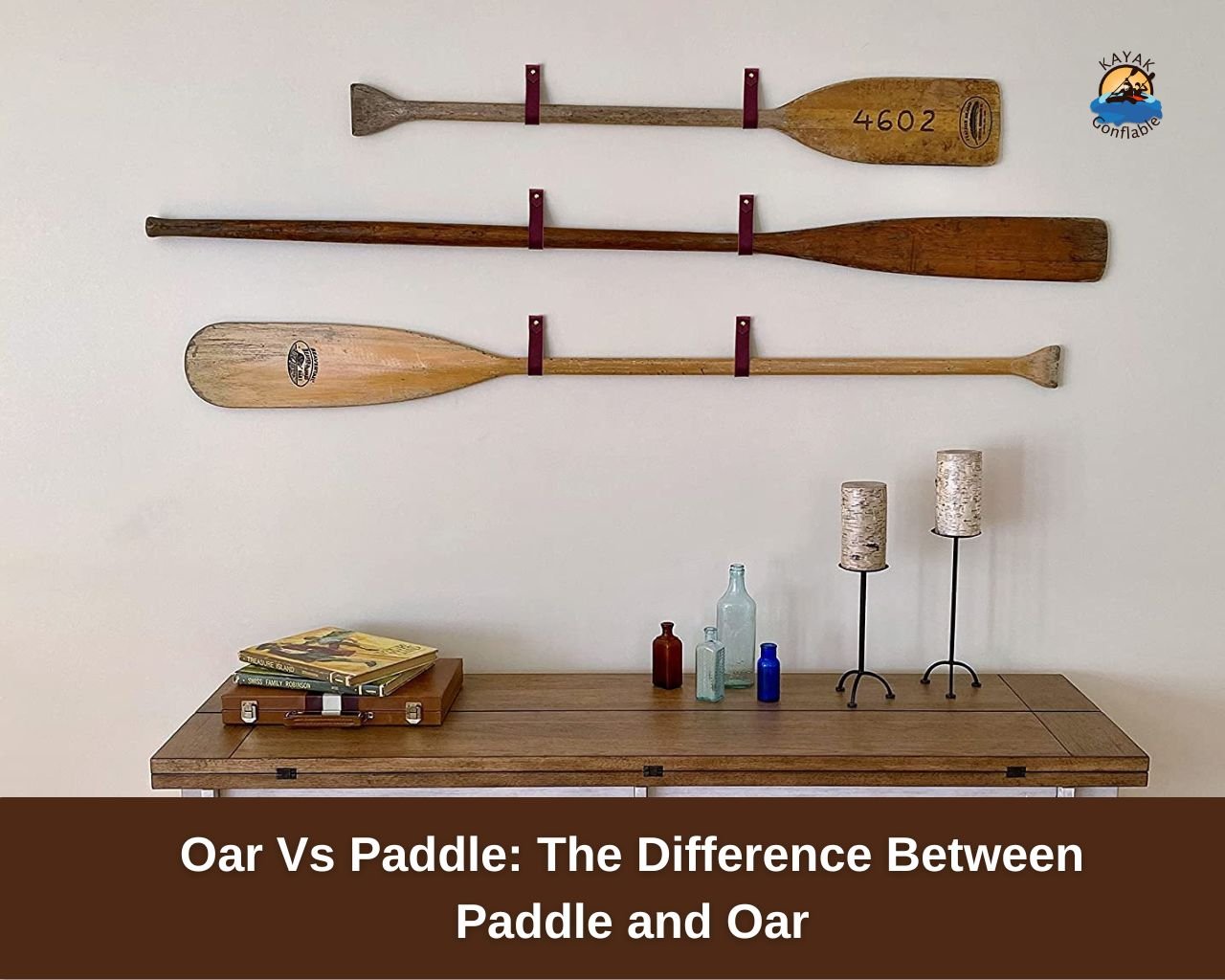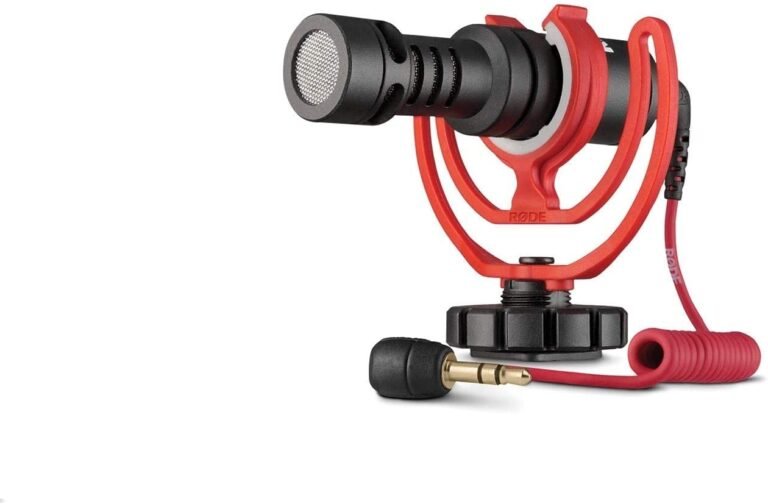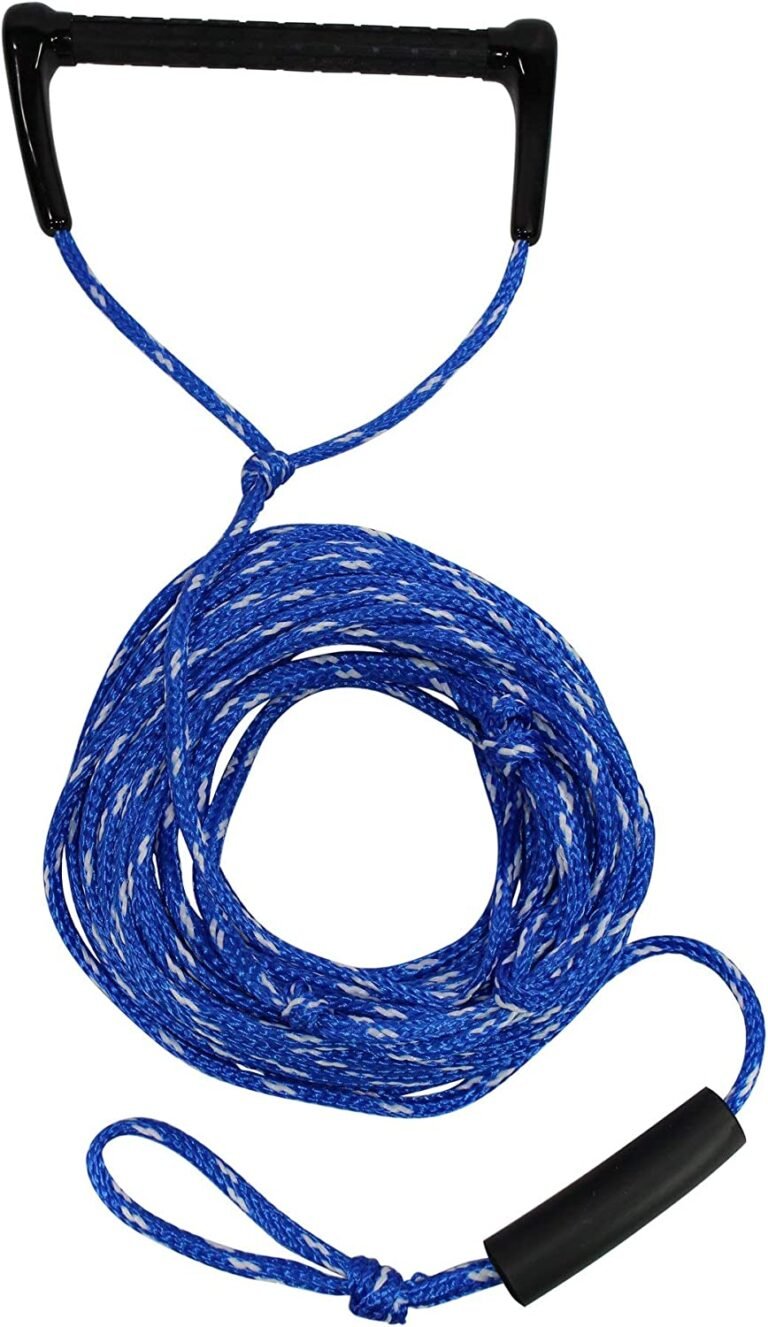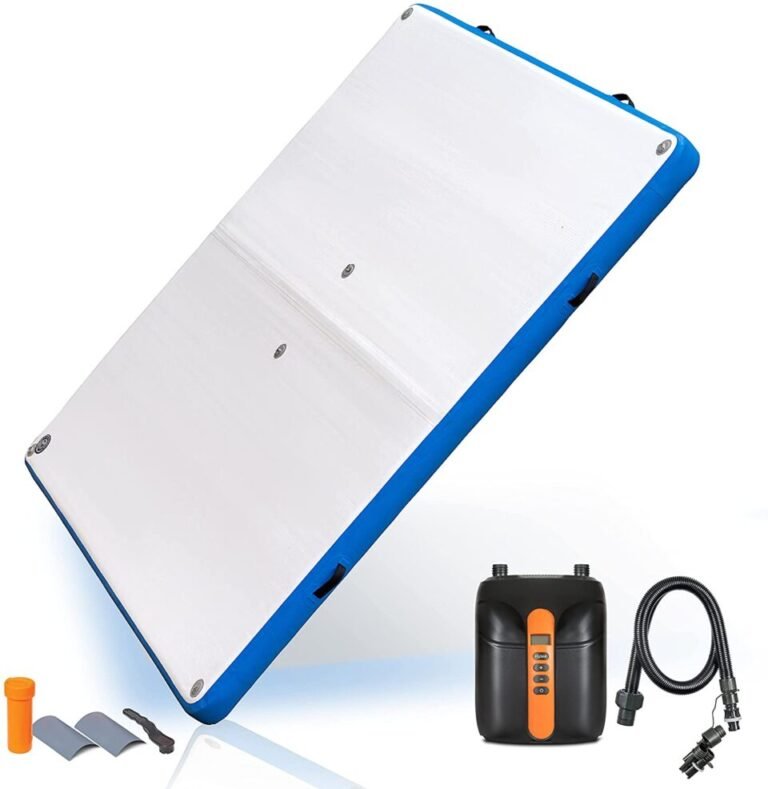Oar Vs Paddle : les principales différences entre les rames et les pagaies

Quelle est la différence entre les pagaies et les rames ?
Nous avons tous, à un moment ou à un autre, rencontré les mots « pagaie » et « aviron ». Ce sont des équipements populaires dans les sports nautiques et sont généralement utilisés pour propulser des embarcations dans l’eau.
Alors que les sports nautiques et les sports de pagaie en particulier gagnent chaque jour en popularité, de plus en plus de personnes se retrouvent sur l'eau intéressées par l'un ou l'autre sport nautique.
Cela a entraîné une augmentation du nombre de personnes qui doivent connaître les différents équipements de sports nautiques et savoir quand les utiliser.
Bien que de nombreuses personnes les utilisent de manière interchangeable, les pagaies et les rames sont en réalité différentes et ont des utilisations différentes. Nous explorons ce qui différencie ces deux équipements de sports nautiques dans cet article.
Qu’est-ce qu’une rame ?
Une rame est un outil allongé doté d'une lame à une extrémité, utilisé pour déplacer un bateau dans l'eau en ramant.
Les rames sont souvent appariées par paires et utilisées ensemble pour propulser le bateau vers l'avant ou vers l'arrière en utilisant un mouvement de va-et-vient rythmé ; ils sont utilisés pour déplacer un bateau sur l'eau en poussant et en tirant sur la rame.
Les rames sont ramées par un rameur, qui utilise son corps pour fournir puissance et contrôle. Les rames sont généralement en bois ou en métal. Certaines embarcations qui utilisent des rames sont les bateaux à rames, les bateaux balayeurs, les skiffs, les canots pneumatiques, les bateaux à crâne et les annexes de yacht.
Qu'est-ce qu'une pagaie ?
Une pagaie est un outil utilisé pour propulser un bateau ou une autre embarcation. Il mesure généralement environ 18 pouces de long et peut être à une ou deux lames.
Il existe de nombreux types de pagaies, mais le type le plus simple est un morceau plat de bois ou de plastique avec un bord arrondi. Vous poussez le bateau avec la pagaie et utilisez vos mains pour diriger.
Les pagaies sont utilisées pour pagayer. Certains sports de pagaie populaires comprennent le kayak, le canoë et stand up paddle.
En kayak et en canoë, une pagaie est utilisée pour déplacer l'embarcation dans l'eau lorsqu'elle est en stand up paddle une personne utilise une pagaie pour se propulser dans l'eau.
Les sports de pagaie sont ainsi appelés parce qu'ils impliquent l'utilisation d'une pagaie pour naviguer sur les voies navigables. C'est une façon amusante de se détendre et de s'entraîner.
Différences entre les pagaies et les rames
1. Les rames sont attachées à la motomarine alors que les pagaies ne le sont pas.
Une différence majeure entre ces pièces d’équipement réside dans leur emplacement sur une embarcation. Alors que les pagaies sont séparées de la motomarine, les rames sont fixées aux côtés du bateau par une dame de nage ou une dame de nage.
La dame de nage ou dame de nage est quant à elle fixée au bateau et sert de point d'appui fixe ou coulissant. En ramant, le rameur transfère l’énergie de son corps au manche des rames puis à ses pales.
Cette énergie est ce qui propulse le bateau dans l’eau. Contrairement à l'aviron où la dame de nage ou la dame de nage est le point d'appui, dans les sports de pagaie comme le kayak et le canoë, les épaules ou les mains de l'aventurier/sportif agissent comme le point pivot pour appliquer de l'énergie à la pagaie et naviguer sur l'eau.
2. Les rames et les pagaies sont utilisées différemment
Il y a une raison pour laquelle les pagaies sont préférées par les aventuriers : c’est parce qu’elles vous permettent de voir où vous allez.
Vous l'avez bien deviné, les rames vous permettent d'avancer dos à votre destination et vous devez constamment regarder par-dessus vos épaules si vous voulez voyager en toute sécurité.
Le mode de propulsion s'appuie sur le mécanisme de fonctionnement de chacun de ces équipements nautiques. Les pagayeurs utilisent leurs pagaies pour créer un élan vers l'avant.
Ceci est accompli en tirant sur l'eau à chaque coup, propulsant le bateau dans la direction vers laquelle le pagayeur fait face. Le canotage permet ainsi de voir où l'on va et est privilégié notamment lors de l'exploration d'un nouvel environnement. Les rames fonctionnent dans la direction opposée aux pagaies.
Tandis que les pagaies tirent l'eau vers la motomarine pour obtenir un élan vers l'avant, les rames repoussent l'eau, créant essentiellement un élan vers l'arrière.
Pour l'aviron, le pagayeur doit s'asseoir, le dos tourné dans la direction dans laquelle il va. Il n’est pas difficile de comprendre pourquoi les aventuriers préfèrent la pagaie.
3. Différents matériaux sont utilisés dans la construction de chaque équipement
Un autre moyen simple de distinguer les pagaies et les rames réside dans les matériaux à partir desquels ils sont fabriqués. Les pagaies sont généralement fabriquées à partir de matériaux solides tout en étant légers comme l’aluminium, la fibre de carbone et la fibre de verre.
Cela permet de garantir que la pagaie est suffisamment légère pour être utilisée par des pagayeurs de tous âges et suffisamment solide pour propulser la motomarine dans l'eau et faciliter la navigation même dans des conditions dangereuses. La plupart des rames sont cependant faites de bois dur comme le frêne et sont donc considérablement plus lourdes que les pagaies.
Il est important de savoir que cette différence n’est pas gravée dans le marbre puisque rames en fibre de carbone existent pour ceux qui pratiquent l'aviron de compétition, tandis que les pagaies de style canoë sont généralement fabriquées en bois dur.
Bien qu'elle ne soit pas absolue, cette différence vous permet de savoir que si l'équipement est léger, il s'agit probablement d'une pagaie et sinon, il s'agit très probablement d'une rame.
4. Les muscles impliqués et la force physique requise pour les utiliser
Une autre différence entre ces deux équipements de propulsion réside encore dans leur utilisation. L'aviron a des effets néfastes sur tout le corps, contrairement au canotage.
En aviron, vos bras et votre dos ne sont pas les seules sources d’énergie pour la propulsion ; vos jambes peuvent ajouter plus de puissance à chaque coup de rame, vous aidant ainsi à couvrir plus de terrain.
Cela est particulièrement évident dans les bateaux de couple et à avirons où le siège entier glisse d'avant en arrière avec l'effort de ramer.
En revanche, en pagayant, la course vers l'avant est facilitée par les muscles abdominaux et obliques, les muscles du dos et des bras soutenant le mouvement ; ils transfèrent la force à la pagaie et propulsent ainsi l'embarcation.
Contrairement à l'aviron, les jambes ont peu à voir avec la propulsion de l'embarcation et aident principalement le pagayeur à maintenir son équilibre dans le canot, le kayak ou toute autre embarcation.
5. Technique de course
Les rames et les pagaies diffèrent dans la technique de frappe puisqu'elles ne sont pas les mêmes. Les pagaies vous font essentiellement avancer tandis que les rames vous font reculer.
Une différence majeure entre ces deux dispositifs de propulsion est que la pagaie nécessite une seule pagaie qui peut être à une ou deux pales.
Le pagayeur tient la pagaie à deux mains et la pale de la pagaie entre dans l'eau de chaque côté de l'embarcation, la propulsant vers l'avant.
L'aviron, quant à lui, nécessite généralement deux rames fixées de chaque côté du bateau. Le rameur tient une rame dans chaque main et l'utilise pour déplacer le bateau dans l'eau. La seule exception à cette règle est l'aviron par balayage qui utilise une rame et nécessite un contrôle de cette rame à deux mains.
6. Conception et apparence
Une différence clé et un bon moyen de distinguer les rames et les pagaies est leur apparence. Vous savez déjà qu'un aviron est monopale et fixé sur le côté du bateau par une dame de nage ou une dame de nage qui sert de point d'appui pendant l'aviron.
Vous savez également que l’aviron utilise généralement deux rames ; un placé de chaque côté du bateau. Les pagaies, quant à elles, peuvent être à une ou deux pales selon l'utilisation prévue.
Cela fait des pagaies la plus polyvalente des deux pièces d’équipement. Les canoéistes et les rafteurs utilisent généralement des pagaies à une seule pale car elles permettent des virages rapides et un contrôle.
Les kayakistes sont cependant friands de pagaies à double pale car elles permettent de pagayer plus rapidement et plus efficacement. Les pagaies à double pale sont également moins pénibles physiquement à utiliser.
7. Motomarine prévue
Comme vous pouvez l'imaginer, avec différents styles de propulsion des navires dans l'eau, les pagaies et les rames conviennent à différents types d'embarcations.
Les pagaies sont couramment utilisées pour naviguer sur des kayaks, des canoës, des planches à pagaie debout et des radeaux. Ils sont célèbres dans les sports d'aventure.
Les rames sont plutôt utilisées sur les bateaux à rames, les bateaux à rames, les godilles et les annexes de yachts. Grâce à cette connaissance, vous savez que certains navires sont associés soit à des pagaies, soit à des rames et pouvez facilement identifier la pièce d'équipement sur cette base.
8. D’où pendent-ils ?
Les rames sont maintenues en place grâce à des dames de nage. Une dame de nage est un type de mécanisme de verrouillage utilisé sur les rames. Il se compose d’une paire de bras qui maintiennent la rame en place et sont fixés au manche de la rame.
Lorsque l'utilisateur tire sur la rame, la dame de nage se libère, permettant à l'utilisateur de tordre la rame. La dame de nage peut être serrée ou desserrée selon la situation.
Les dames de nage maintiennent la rame en place, l'empêchant de glisser et de faire perdre de la vitesse au bateau. Contrairement aux rames, les pagaies ne sont attachées à rien et passent la majeure partie du voyage entre les mains du pagayeur.
Les pagaies dépendent du fait que le pagayeur reste maître de son embarcation et, par conséquent, si votre pagaie tomber par-dessus bord il faut aller le récupérer.
Si vous avez l’intention de naviguer dans des eaux agitées, cela pourrait être une bonne idée d’investir dans une laisse de pagaie. La laisse de pagaie vous garantit de ne pas perdre votre pagaie si elle tombe par-dessus bord ou même si votre bateau chavire.
9. Performances et vitesse
Une autre façon de distinguer les pagaies et les rames est la façon dont elles fonctionnent sur l'eau. Quelle méthode de propulsion vous amènera plus rapidement à votre destination ?
Les performances des pagaies et des rameurs dépendent naturellement de certains facteurs comme les conditions météorologiques et aquatiques, la taille du bateau, la force du pagayeur ou du rameur, etc.
Dans des conditions similaires, l’aviron est la méthode de propulsion la plus rapide. Cela est logique puisque les muscles des jambes contribuent à l’élan de l’aviron alors que rien de tel ne se produit lorsque vous pagayez.
Les rames sont donc la méthode de propulsion privilégiée dans les sports d'aviron. C’est aussi la raison pour laquelle les plus gros bateaux sont équipés de rames au lieu de pagaies.
Les pagaies à double pale sont également efficaces en matière de vitesse, surtout lorsqu'elles sont associées à une motomarine haute performance. Ils sont généralement battus dans des eaux calmes. Le canotage reste cependant la méthode de propulsion privilégiée en eaux agitées.
10. Prix du marché
Les pagaies et les rames diffèrent également par leur prix. Naturellement, les rames sont plus chères que les pagaies. D’une part, vous avez besoin de deux rames au lieu d’une seule pagaie.
De plus, les rames en bois dur de haute qualité avec des dames de nage en métal coûteront forcément plus cher qu'une pagaie classique.
Si vous vous lancez dans les sports nautiques, un kayak avec une pagaie à double pale pèsera moins sur vos finances qu'une chaloupe avec une paire d'avirons. Il n’est pas étonnant que la plupart des gens choisissent les kayaks et les planches à pagaie comme première embarcation.
Les rames et les pagaies sont toutes deux utilisées pour propulser les embarcations dans l’eau, mais elles présentent des caractéristiques différentes qui les rendent mieux adaptées à différentes tâches.
Les rames sont généralement utilisées dans les bateaux plus grands, tandis que les pagaies sont plus courantes dans les canoës et les kayaks. Les rames sont également meilleures pour ramer en ligne droite, tandis que les pagaies sont meilleures pour diriger et manœuvrer.
Les rames sont généralement plus longues et ont une lame plus épaisse que les pagaies. Les pagaies sont également moins chères que les rames, ce qui les rend plus abordables.
Les pagaies propulsent l'embarcation dans la direction vers laquelle le pagayeur fait face tandis que les rames propulsent le bateau vers l'arrière, ce qui vous oblige à constamment regarder au-dessus de votre épaule, surtout si vous ramez seul.
L'aviron utilisant des rames est généralement plus rapide dans les eaux plus calmes, mais la pagaie est préférable dans les eaux agitées car elle permet un meilleur contrôle de l'embarcation dans des conditions dangereuses.
L'aviron offre également un meilleur entraînement car tous les muscles du corps sont impliqués dans la propulsion du bateau tandis que vos jambes assurent principalement la stabilité lorsque vous pagayez.
Ces différences et bien d’autres encore distinguent ces deux instruments de propulsion des motomarines et vous aideront à les différencier.
Espérons que la prochaine fois que votre famille ou vos amis utiliseront ces termes de manière interchangeable, vous pourrez leur expliquer qu'ils sont en fait différents et ont des utilisations différentes.
Avant de vous mettre à l’eau, pensez à choisir l’équipement de propulsion le mieux adapté à votre motomarine. Si vous faites du kayak, du canoë, du rafting ou du paddle board, vous avez besoin d'une pagaie.
Chaque fois que vous devez ramer ou utiliser un bateau balayeur, un godille, une chaloupe ou d'autres bateaux similaires, utilisez une paire d'avirons. N'oubliez jamais de rester en sécurité et de vous amuser sur l'eau.






